Hello everybody, here's another train for y'all hope you like it :)
-What is this?
The "Passive Tilting Train 1" or P.T.T. 1 is (as the name says) a tilting train capable of reaching over 200 km/h (The max speed i recorded was 210 km/h but i think that if tested on straighter lines it can go much faster) composed by 3 coaches and an engine. The overall design is inspired by the bombardier LRC and many other IRL tilting trains. Also i only tested the train on the SPR- Map Plugin mod and it should work best there.
mod link
-Controls (Please read this)
all the controls can be found in the custom cockpit with some speed limits for the type of track the train is riding
BUT if you want clearer instructions here's the list:
-AG1= Engine startup
-AG2= Activate/Deactivate the Pantograph
-AG3= open/close the passenger doors
-AG4= open/close the engines doors
-AG5= Activate/Deactivate "forward" lights
-AG6= Activate/Deactivate "reverse" lights
-VTOL= Throttle
SOME EXPLAINATIONS ABOUT THE SPEED LIMITS:
-max speed is the max speed the train is allowed to go
-bend speed is the max speed i recommend while being in a curve
-station speed is the max speed when approaching a station
-switch speed is the max speed when going over switches
also i generally recommend keeping speeds between 160 and 180 km/h
-Fictional Lore (Yes you can skip this)
The N.R.C. had huge trouble with certain parts of their network. While huge mainlines and decently populated areas had a pretty reliable service certain branchline served areas suffered. There were 2 problems that the company had to face:
1) overusage of aging diesel-electric or even steam locos pulling traditional old coaches.
2) poor track and general quality that reduced speed and made usage of mainline equipments practically impossible.
The company needed a brand new train that could operate in such harsh conditions.
They contacted several companies with "Northern Railworks" finally accepting the contract for 50 units. Northern Railworks started working hard on the project and even contacted other companies across the country to gather more information and experience, after 5 years in development with a 1 year delay the train started testing and while it had some hard to fix issues everything seemed to go pretty well. It even got two nicknames with the first being "the quick girl" for its aerodynamic skirt around the bogies and the second being "little pendulum" for the tilting mechanism. When put into service they were a decent success and inproved ridership in the less developed areas. A total of 120 were built with 80 being ordered by the N.R.C and the other 40 by minor foreign railways.
-More about the tilting mechanism
I had a tough time trying to find a tilting mechanism that could fit the type of train i wanted to build, in fact, i originally planned to use an active tilting mechanism for the coaches and i have multiple prototypes equipped with this kind of tilting sistem, but i'm not an expert of funky trees, and i didn't really want to copy someone elses code so i quickly abbandoned this idea.
That's how i decided to switch to passive tilting since i actually already used a similar sistem on the Roblox game "Plane Crazy" and i ended up being satisfied with the result.
as to how it works, the bogies are connected to an internal structure that goes around the passenger aisle and connects to the top of the coach with a free spinning rotator, finally, to avoid problems with overtilting, two lateral suspensions reduce the effect of centrifugal forces and allow for an overall smoother ride. Here's an example:
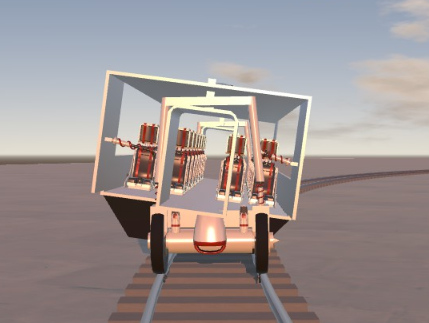
-Random shots

"All Aboard!"
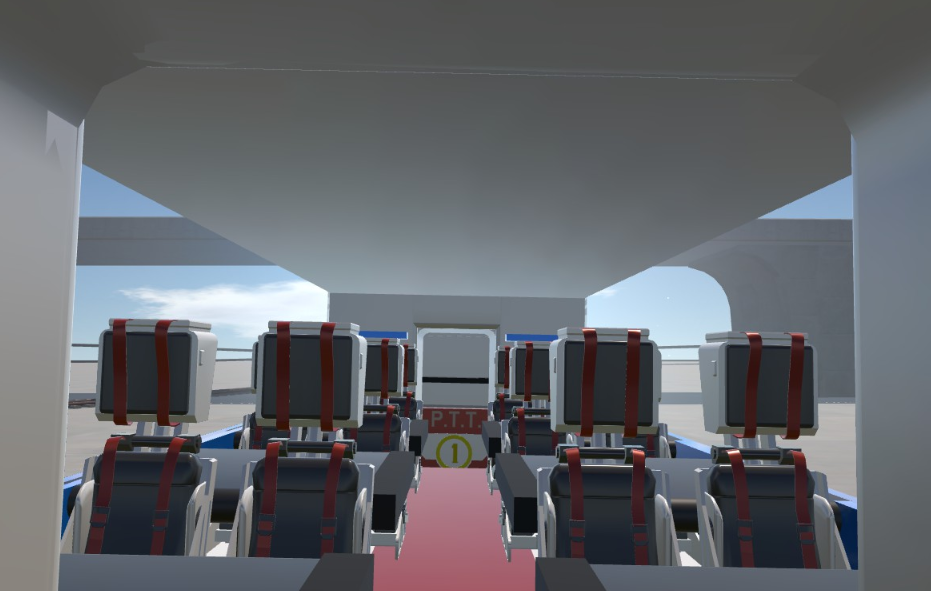
"let's get something to drink"
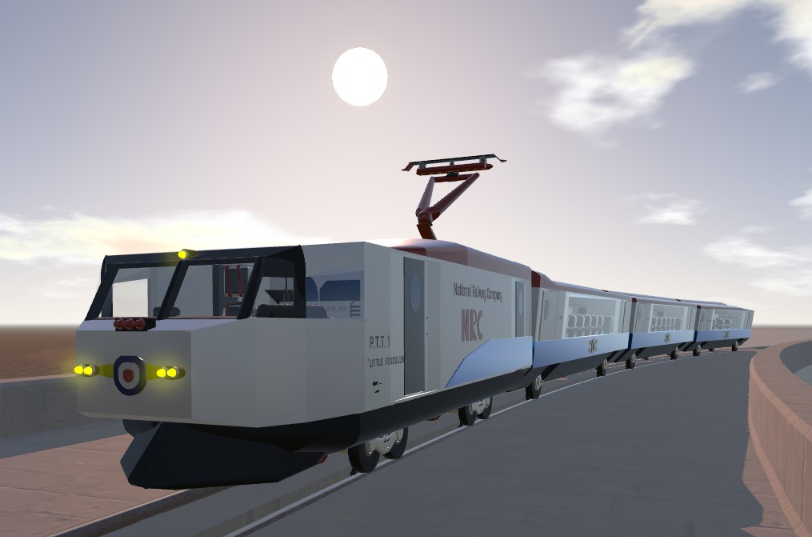
"riding in the sunset"
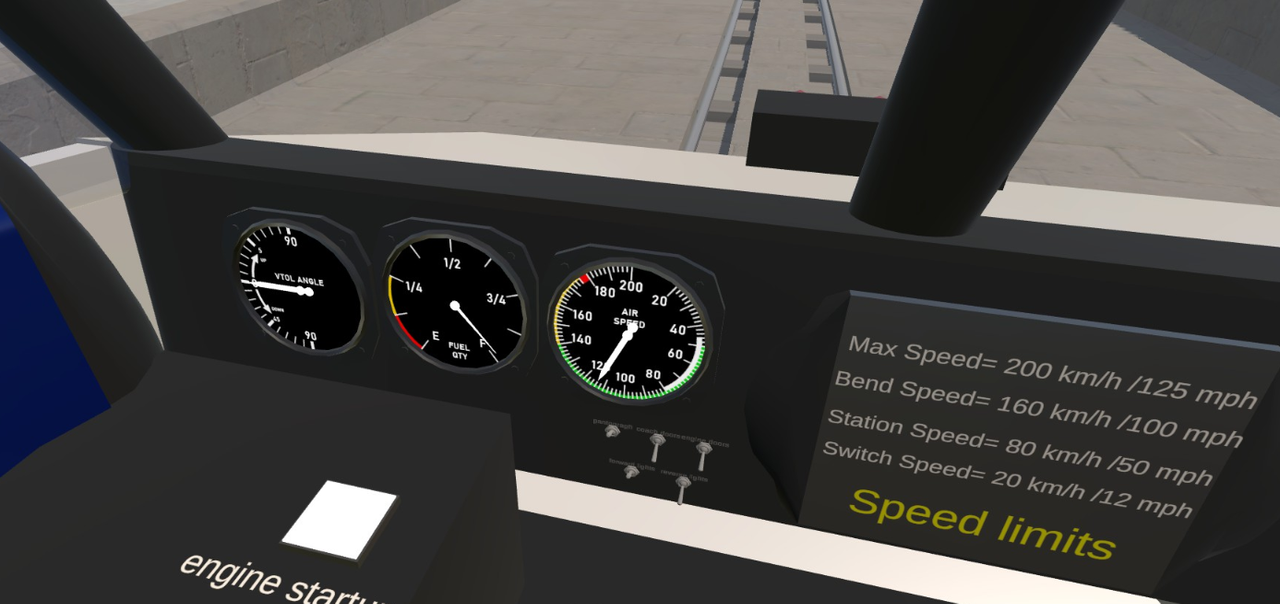
"How do you start this thing?!"
Specifications
Spotlights
- This craft is curated
General Characteristics
- Created On Windows
- Wingspan 10.1ft (3.1m)
- Length 179.8ft (54.8m)
- Height 13.0ft (4.0m)
- Empty Weight 73,186lbs (33,197kg)
- Loaded Weight 97,946lbs (44,427kg)
Performance
- Power/Weight Ratio 26.156
- Wing Loading N/A
- Wing Area 0.0ft2 (0.0m2)
- Drag Points 25732
Parts
- Number of Parts 1015
- Control Surfaces 0
- Performance Cost 5,147

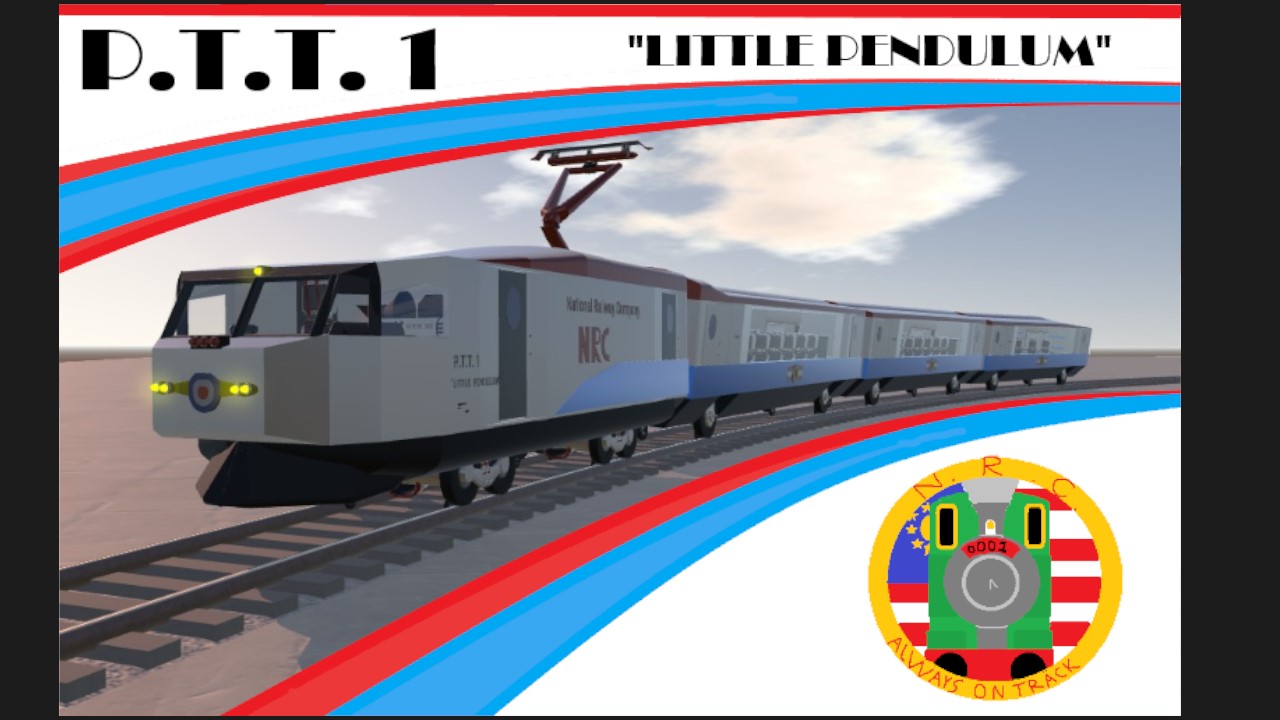
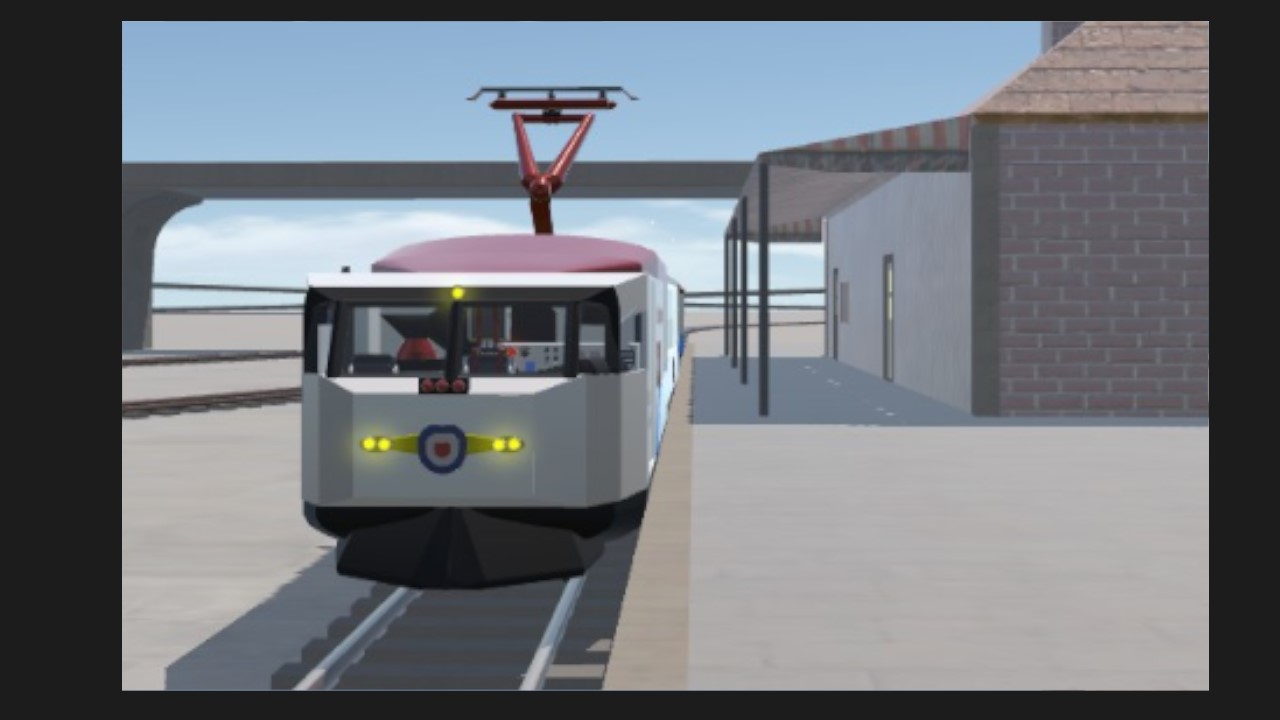
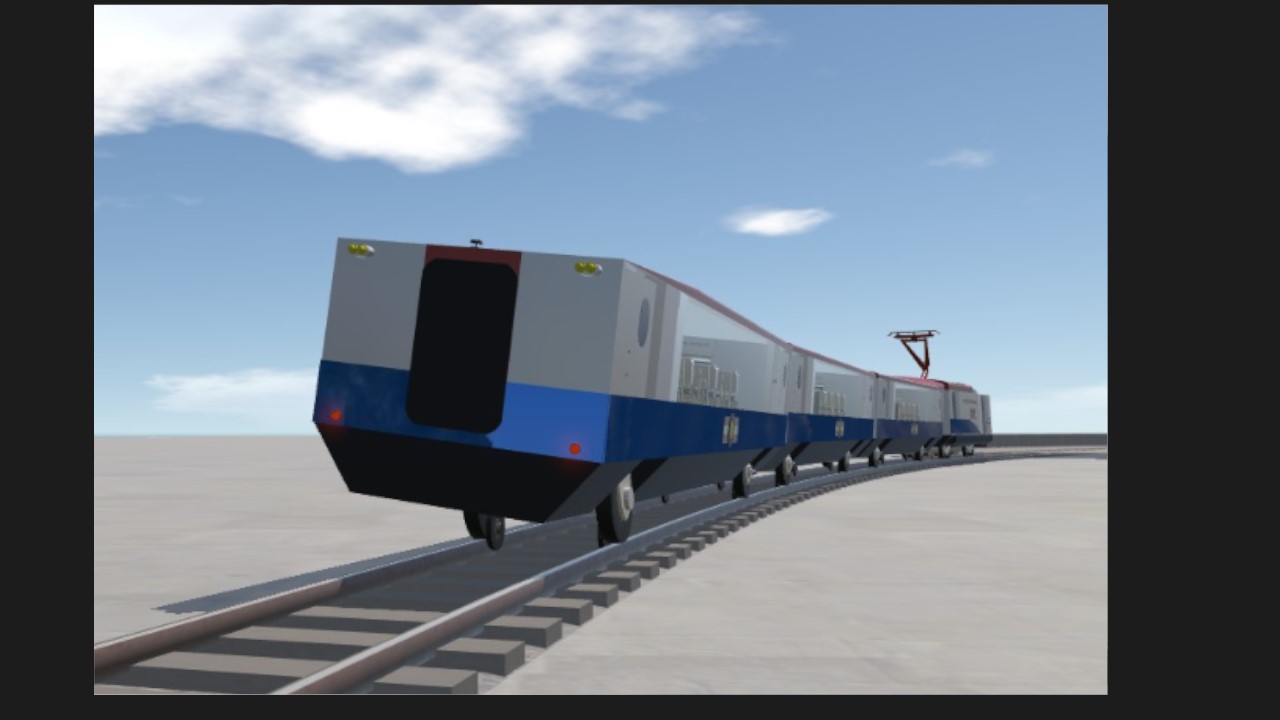
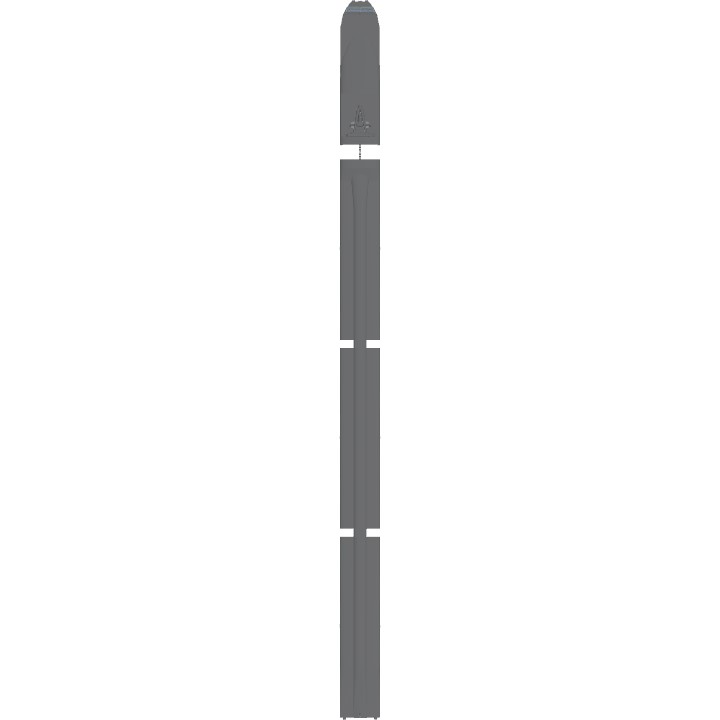
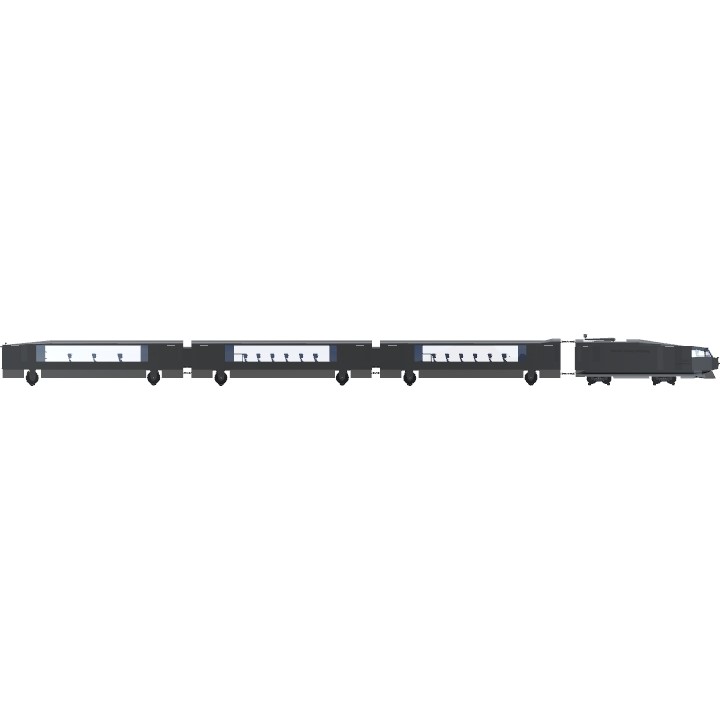

@DatRoadTrainGuy19 no problem, Happy to hear that
@airlinerbuilder oh and also i have tested it on the DestroyerP Railway map and it also works fine too! (Sorry For My Late A$$ Respond i was actually busy)
@DatRoadTrainGuy19 choo choo!
@airlinerbuilder
trains!
@se34ruy @Titaninfernal1 @Brayden1981